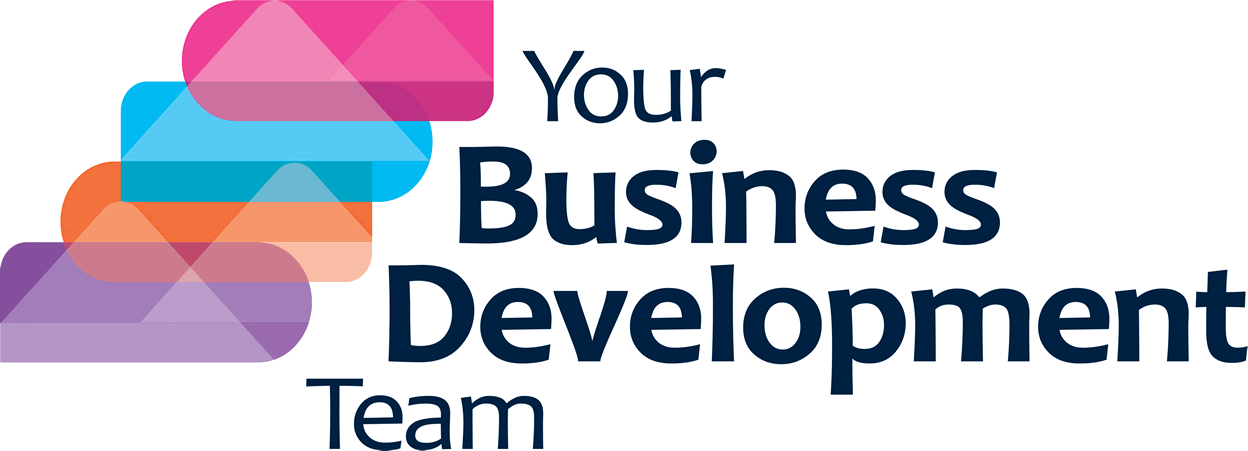‘You can‘t understand someone until you have walked a mile in their shoes.’
The
person who first uttered this American saying is lost to history. The fact
that it’s
so well known is a good indication of the importance of empathy in living
a meaningful life. It is also an important lesson to remember when approaching
the planning of lead generation campaigns.
When I launched Your Business Development Team all those years ago, one of the first things I did was to ask business owners within my target markets what were their key issues with lead generation. Many said that they found it frustrating because the campaigns rarely provided them with sales; they got leads but very few of them converted. This fact was fundamental to the development of our key USP, which is the provision of a long term lead generation and nurturing service designed to support our clients along their sales journey and beyond initial lead generation activity.
Making sure you understand firstly, who your target markets are, and secondly what their key issues are within your area of expertise, is key to your sales success. Earlier in the month, we wrote about understanding the right lead generation for you. Our key point was that you needed to understand how people bought your product to get a better understanding of how you should approach your lead generation campaign. Today, I want to explore how you can go further down this road to improve your product and sales conversion.
Consider what you currently do to understand your prospects’ problems. Do you,
- Make assumptions based on your market knowledge?
- Run surveys or focused groups?
- Read books, research and articles?
- Ask questions to improve your understanding?
Based on my conversations with many business owners, I would guess that most of us stick to making assumptions and these are often correct. After all, if you have been operating in an industry for many years, you tend to get a good understanding of it. But relying solely on assumptions can be dangerous for a number of reasons including:
- Market conditions change and industries adapt
- Assumptions can be over simplified or too general
- We can often become biased by our own offering
Another problem, is that people involved in selling often overestimate their preservation abilities and rely heavily on relationship building instead of getting a better understanding of their prospects true motivation to buy. People who talk about sales enablement often talk about understanding pain and asking pain questions. As you might know, this relates to the status quo bias which claims that most people are unlikely to make a change unless they are forced there. Simply put, this means that true motivation, the holy grail of sales conversion, depends heavily on our prospects’ issues. This means that by understanding their problems better we can achieve two important outcomes:
- Improving our solution and increasing our chances of a sale
- Improving our ability to understand the odds for sales success
Yet asking pain questions is not easy, particularly if you are a people pleaser, a common trait amongst relationship builders. It also requires us to listen carefully and apply empathy, being prepared to alter our understanding and start again. Putting this together with how overworked and busy many of us are and you get to a point where all of this becomes a step too far. Which is why so many sales end up with companies choosing to keep with the status quo and keep with what they have already got.
This is not so bad if you operate in a high demand environment where you attract many leads and can afford to convert only 20-30% of them. It becomes more important if you are struggling to find many leads because your offering is high end, very specific or a new product. So if you are placed with the latter, when you are considering your next lead generation campaign take some time to go beyond your initial assumptions of the problems troubling your prospects:
- Talk to your current clients and contacts
- Read related articles and analyse data
- Put together some key pain questions
- Make sure you ask them and listen carefully to the answers
This will not only improve your conversation rate, it will also help you ensure that your product is current and relevant to your future clients. If you need help understanding how to include this in your current sales practice, get in touch.

